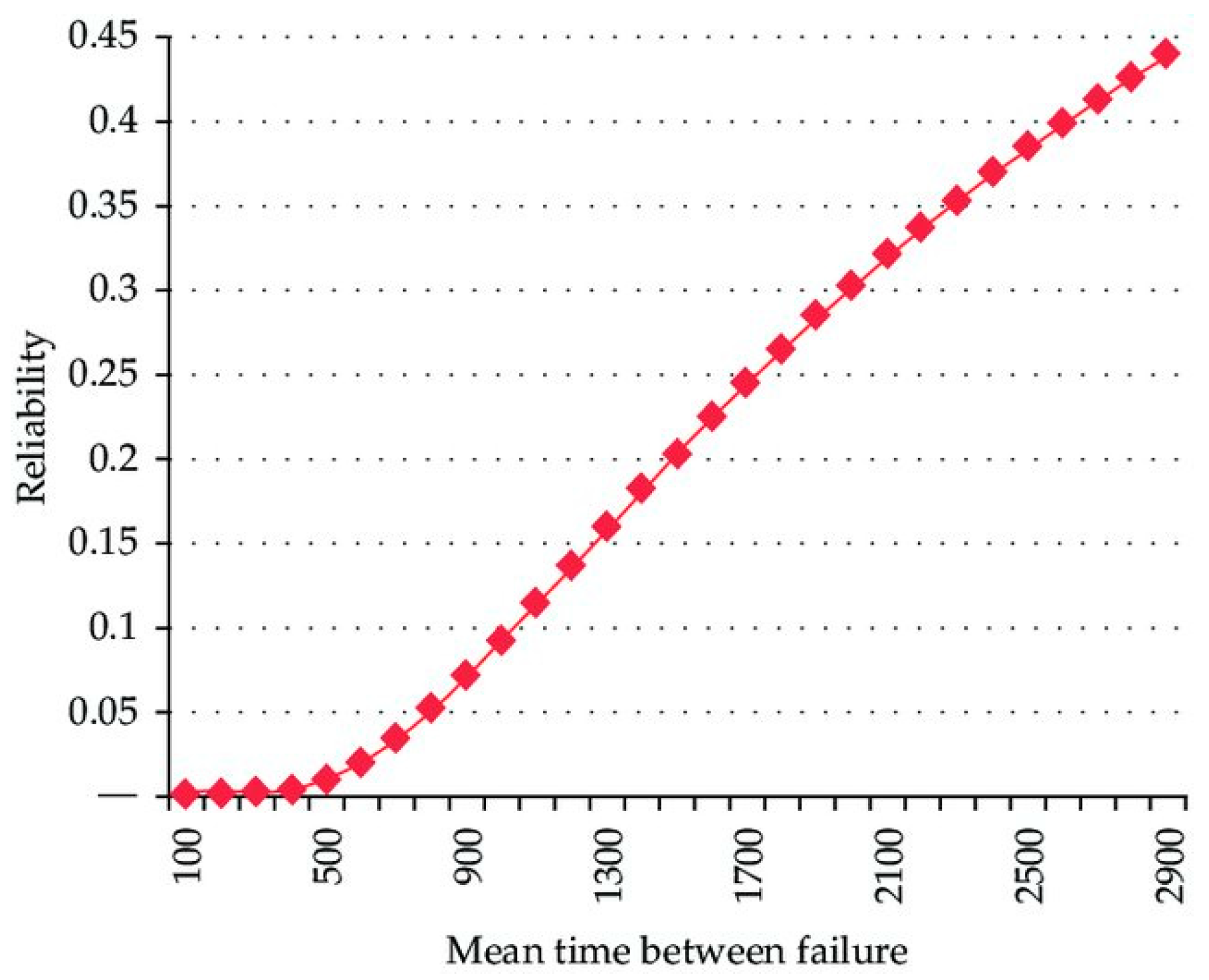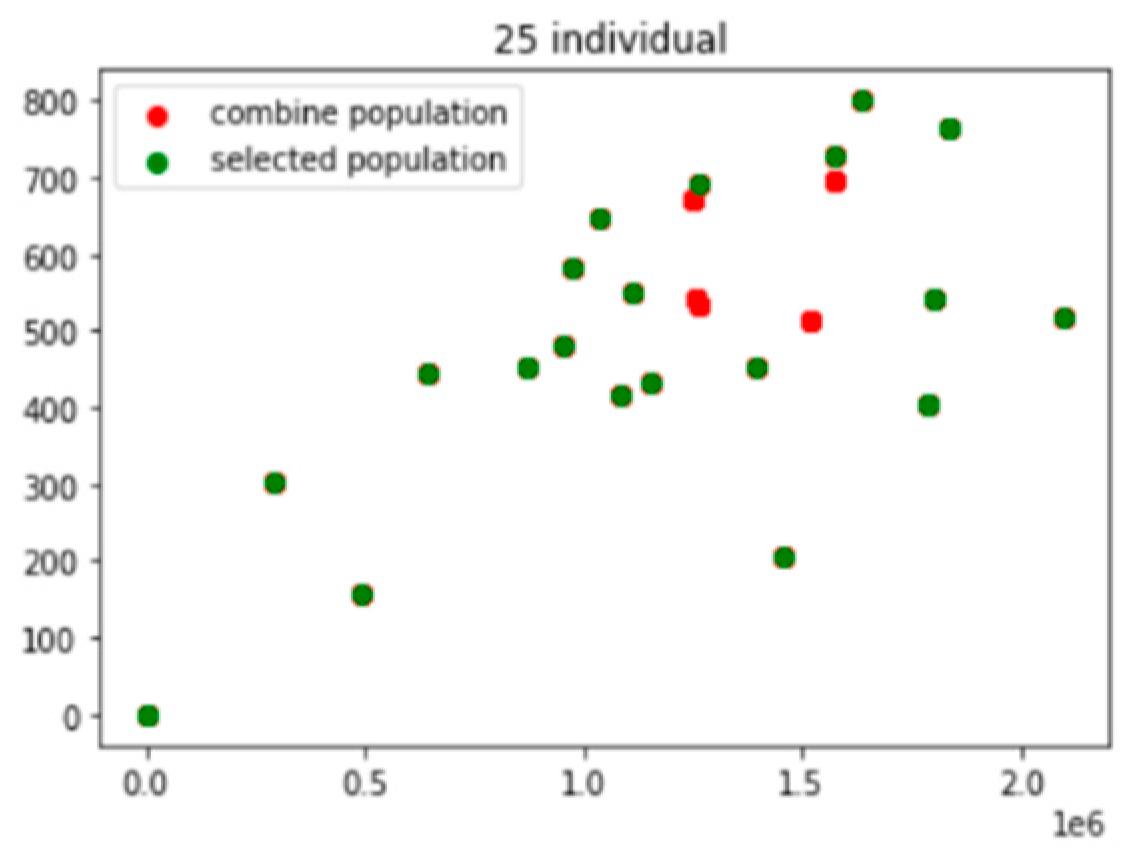Minimization of High Maintenance Cost and Hazard Emissions Related to Aviation Engines: An Implementation of Functions Optimizations by Using Genetic Algorithm for Better Performance †
Abstract
:1. Introduction
2. Literature Review
3. Methodology
Decision Variables
4. Conclusions
Author Contributions
Funding
Institutional Review Board Statement
Informed Consent Statement
Data Availability Statement
Acknowledgments
Conflicts of Interest
References
- Inkinen, T.; Hämäläinen, E. Reviewing truck logistics: Solutions for achieving low emission road freight transport. Sustainability 2020, 12, 6714. [Google Scholar] [CrossRef]
- Khan, N.; Sajak, A.A.B.; Alam, M.; Mazliham, M.S. Analysis of green IoT. J. Phys. Conf. Ser. 2021, 1874, 012012. [Google Scholar] [CrossRef]
- Wang, Z.; Lin, Y.; Wang, J.; Zhang, C.; Peng, Z. Experimental study on NOx emission correlation of fuel staged combustion in an LPP combustor at high pressure based on NO-chemiluminescence. Chin. J. Aeronaut. 2020, 33, 550–560. [Google Scholar] [CrossRef]
- Sutkus, D.J.; Baughcum, S.L.; DuBois, D.P. Scheduled Civil Aircraft Emission Inventories for Database Development and Analysis; 2001. Report No.: NASA CR-2001-211216; NASA: Washington, DC, USA, 1999.
- Perl, A.; Patterson, J.; Perez, M. Pricingaircraft emissions at Lyon-Satolas airport. Transp. Res. Part D Transp. Environ. 2001, 6, 147–152. [Google Scholar] [CrossRef]
- Tokuslu, A. Estimation of aircraft emissions at Georgian international airport. Energy 2020, 206, 118219. [Google Scholar] [CrossRef]
- Deidewig, F.; Dopelheuer, A.; Lecht, M. Methods to assess aircraft engine emissions in flight. In Proceedings of the 20th International Council of Aeronautical Sciences Congress, Sorrento, Italy, 8–13 September 1996. [Google Scholar]
- Dray, L.; Schäfer, A.W.; Grobler, C.; Falter, C.; Allroggen, F.; Stettler, M.E.; Barrett, S.R. Cost and emissions pathways towards net-zero climate impacts in aviation. Nat. Clim. Chang. 2022, 12, 956–962. [Google Scholar] [CrossRef]
- Huang, Y.; Zhou, G.; Wu, S. A preliminary investigation on the inventory of NOx emitted from CAAC flights over China. Acta Sci. Circumst. 2000, 20, 179–182. (In Chinese) [Google Scholar]
- Volders, M.; Slingerland, R. Environmental harm minimization during cruise for preliminary long-range aircraft design. In Proceedings of the 3rd Annual Aviation Technology, Integration and Operations Technology Conference, Denver, CO, USA, 17–19 November 2003. [Google Scholar]
- Penner, E.J.; Lister, H.D.; Griggs, J.D. Aviation and the Global Atmosphere: A Special Report of the Intergovernmental Panel on Climate Change; Cambridge University Press: Cambridge, UK, 1999. [Google Scholar]
- Crutzen, P.J. The influence of nitogen oxides on atmospheric ozone content. Q. J. R. Meteorol. Soc. 1970, 96, 320–325. [Google Scholar] [CrossRef]
- Chandrasekaran, N.; Guha, A. Study of prediction methods for NOx emission from turbofan engines. J. Propuls. Power 2012, 28, 170–180. [Google Scholar] [CrossRef]
- Schwartz, E.; Kroo, M.I. Aircarft design: Trading cost and climate impact. In Proceedings of the 47th Aerospace Science Meeting and Exhibit, Orlando, FL, USA, 5–8 January 2009. [Google Scholar]
- Verma, S.; Dwivedi, G.; Verma, P. Life cycle assessment of electric vehicles in comparison to combustion engine vehicles: A review. Mater. Today Proc. 2022, 49, 217–222. [Google Scholar] [CrossRef]
- GE Aviation; CFMI. Diagnostics Trend Interpretation Course; General Electric: Boston, MA, USA, 2009. [Google Scholar]
- Kang, M.; Ogaji, S.; Pilidis, P.; Kong, C. An Approach to Maintenance Cost Estimation for Aircraft Engines. In Proceedings of the ASME Turbo Expo 2008: Power for Land, Sea, and Air, Volume 1: Aircraft Engine; Ceramics; Coal, Biomass and Alternative Fuels, Manufacturing, Materials and Metallurgy, Microturbines and Small Turbomachinery, Berlin, Germany, , 9–13 June 2008; pp. 71–79. [Google Scholar]
- Yang, S.L.; Ma, Y.; Xu, D.L.; Yang, J.B. Minimizing total completion time on a single machine with a flexible maintenance activity. Comput. Oper. Res. 2011, 38, 755–770. [Google Scholar] [CrossRef]
- Langford, J.W. Logistics Principles and Applications, 2nd ed.; McGraw-Hill: New York, NY, USA, 2006. [Google Scholar]
- Khan, N.; Shahid, Z.; Alam, M.M.; Bakar Sajak, A.A.; Mazliham, M.S.; Khan, T.A.; Rizvi, A.; Safdar, S. Energy Management Systems Using Smart Grids: An Exhaustive Parametric Comprehensive Analysis of Existing Trends, Significance, Opportunities, and Challenges. Int. Trans. Electr. Energy Syst. 2022, 2022, 3358795. [Google Scholar] [CrossRef]



Disclaimer/Publisher’s Note: The statements, opinions and data contained in all publications are solely those of the individual author(s) and contributor(s) and not of MDPI and/or the editor(s). MDPI and/or the editor(s) disclaim responsibility for any injury to people or property resulting from any ideas, methods, instructions or products referred to in the content. |
© 2023 by the authors. Licensee MDPI, Basel, Switzerland. This article is an open access article distributed under the terms and conditions of the Creative Commons Attribution (CC BY) license (https://creativecommons.org/licenses/by/4.0/).
Share and Cite
Khan, N.; Abdi, S.A.A.; Khan, T.A.; Rizvi, S.S.A. Minimization of High Maintenance Cost and Hazard Emissions Related to Aviation Engines: An Implementation of Functions Optimizations by Using Genetic Algorithm for Better Performance. Eng. Proc. 2023, 46, 11. https://doi.org/10.3390/engproc2023046011
Khan N, Abdi SAA, Khan TA, Rizvi SSA. Minimization of High Maintenance Cost and Hazard Emissions Related to Aviation Engines: An Implementation of Functions Optimizations by Using Genetic Algorithm for Better Performance. Engineering Proceedings. 2023; 46(1):11. https://doi.org/10.3390/engproc2023046011
Chicago/Turabian StyleKhan, Nitasha, Syed Azmat Ali Abdi, Talha Ahmed Khan, and Syed Safdar Ali Rizvi. 2023. "Minimization of High Maintenance Cost and Hazard Emissions Related to Aviation Engines: An Implementation of Functions Optimizations by Using Genetic Algorithm for Better Performance" Engineering Proceedings 46, no. 1: 11. https://doi.org/10.3390/engproc2023046011
APA StyleKhan, N., Abdi, S. A. A., Khan, T. A., & Rizvi, S. S. A. (2023). Minimization of High Maintenance Cost and Hazard Emissions Related to Aviation Engines: An Implementation of Functions Optimizations by Using Genetic Algorithm for Better Performance. Engineering Proceedings, 46(1), 11. https://doi.org/10.3390/engproc2023046011





